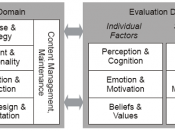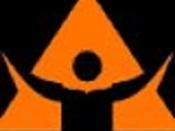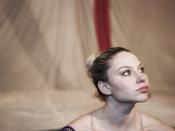Overarching Models Industrial and organizational psychology is the study of human behavior in organizations; the behaviours of interest contribute to either the effectiveness of organizational functioning the satisfaction and well-being of those who populate the organizations, or both. These behaviours and the people who exhibit them exist in a dynamic open system (Katz & Kahn, 1978). Behaviours observed in the present are influenced by past behaviors and conditions, as well as by the anticipation of future ones. Individuals are systems nested within other systems--such as teams and work groups--that are nested under larger organizational systems. All of these systems are open to the outside through connections to family members, customers, and multiple other potential sources of influence on organizational members' behaviour.
Open Systems Although open systems models capture the complexities of a psychology bound by the context in which the behaviours occur, the field of industrial and organizational psychology has--for the most part--constrained its domain to that of the interface between individuals and their environments, where that environment is physical (tasks, jobs, working conditions, organizational structures) or social (superiors, subordinates, peers).
Furthermore, the beliefs, feelings, and behaviours of interest within that domain are limited to those for which there is some reason to believe that understanding them will enhance our ability to influence organizational effectiveness or individual well-being.
Fit Underlying the psychological focus on individuals in organizational settings is the implicit assumption that both the organization and the individual are best served when there is a good fit between the goals, expectations, and conditions of organizations (e.g., jobs) with the characteristics of the people in them. From a prescriptive viewpoint, there are many ways to obtain a good fit. One is to consider organizations and people as relatively fixed entities. From this position, characteristics of each entity are assessed...


